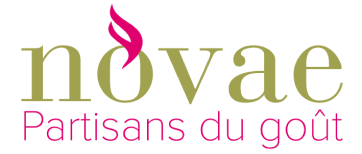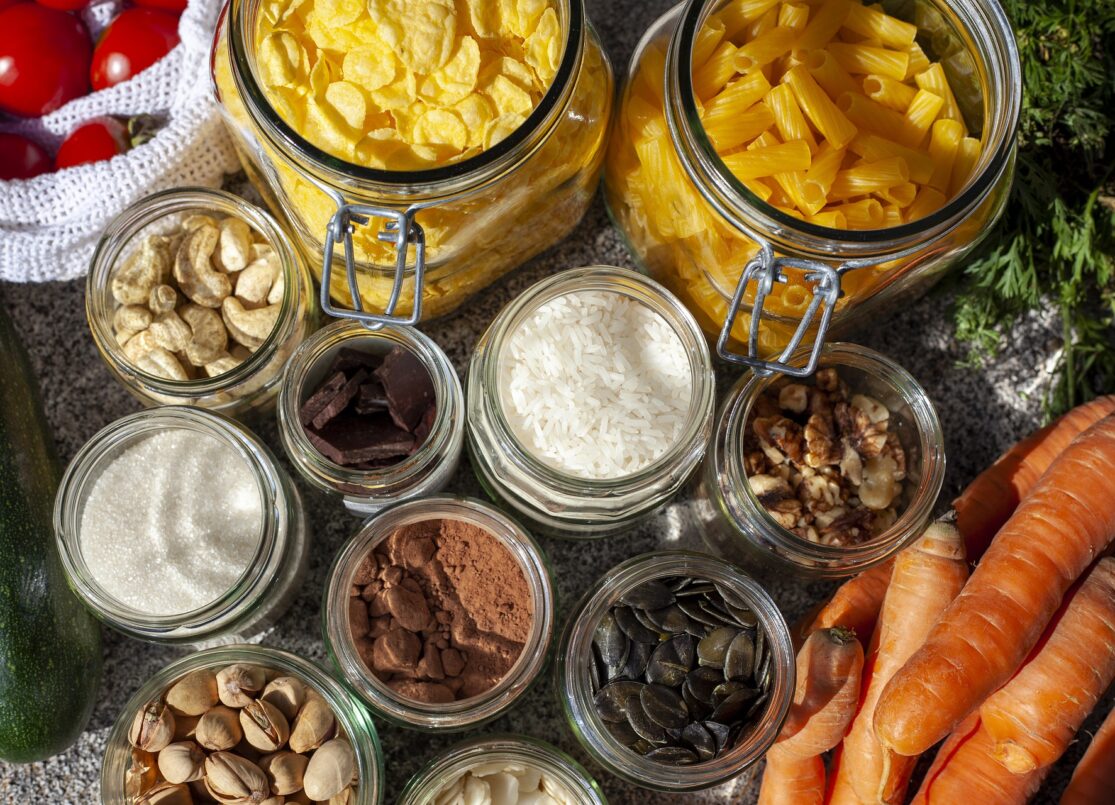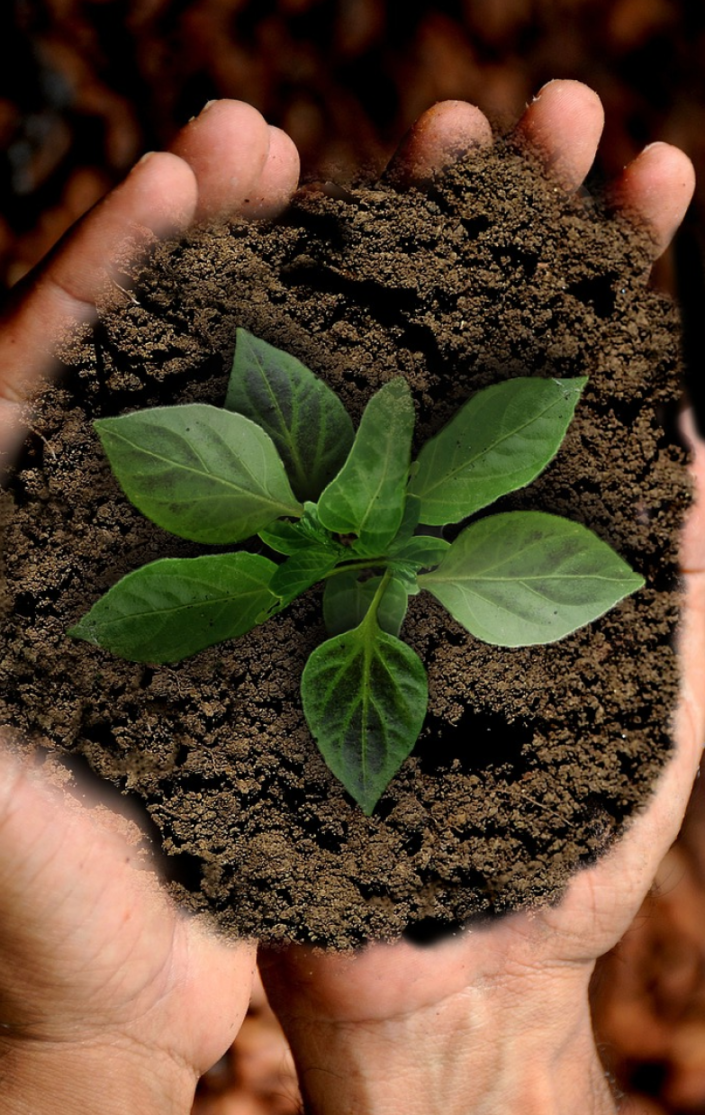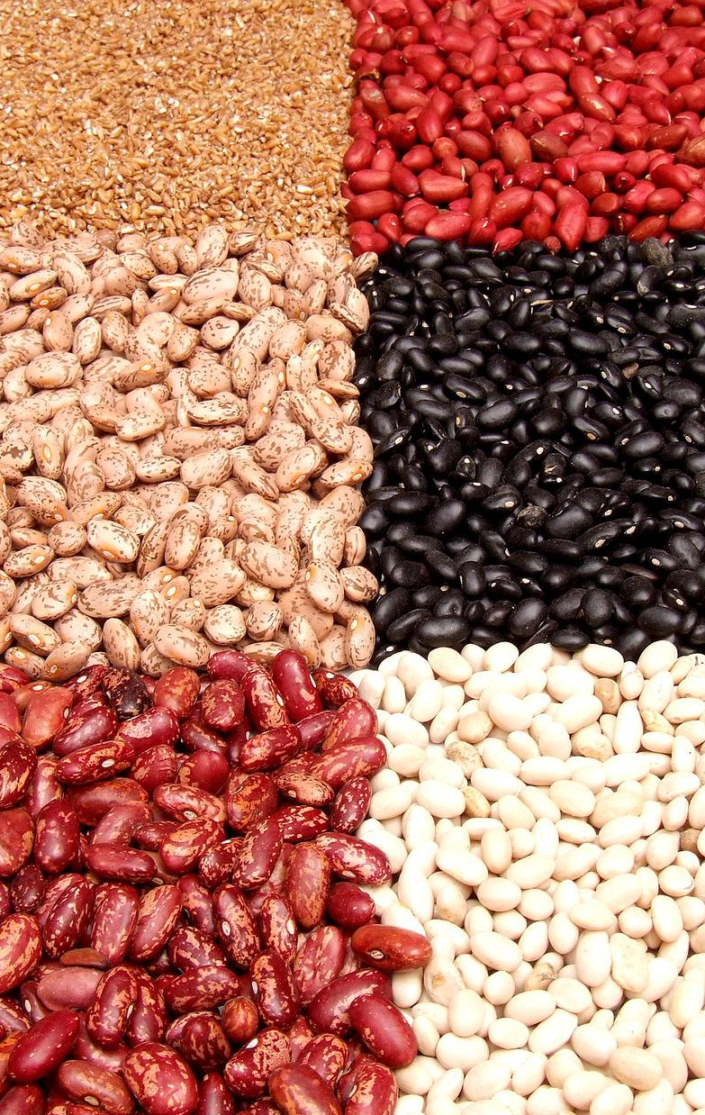Limiting food waste is one of the key levers for sustainable food.
What is food waste
Food waste is any food (the leftovers on your plate, food that has gone out of date…) that is thrown away without having been eaten. This is called ‘waste’ because this food required energy and a lot of work to produce: it had to be grown in a field, watered, harvested and transported to reach the plate.
Each of these actions uses the planet’s resources. When this food ends up in the dustbin without having been eaten, it was all for nothing!
That’s why it’s important to finish all the food on your plate to protect the planet.
If you put all the inhabitants of Switzerland on a large set of scales, the weight of food that is wasted each year would be four and a half times as much as the weight of all those people!
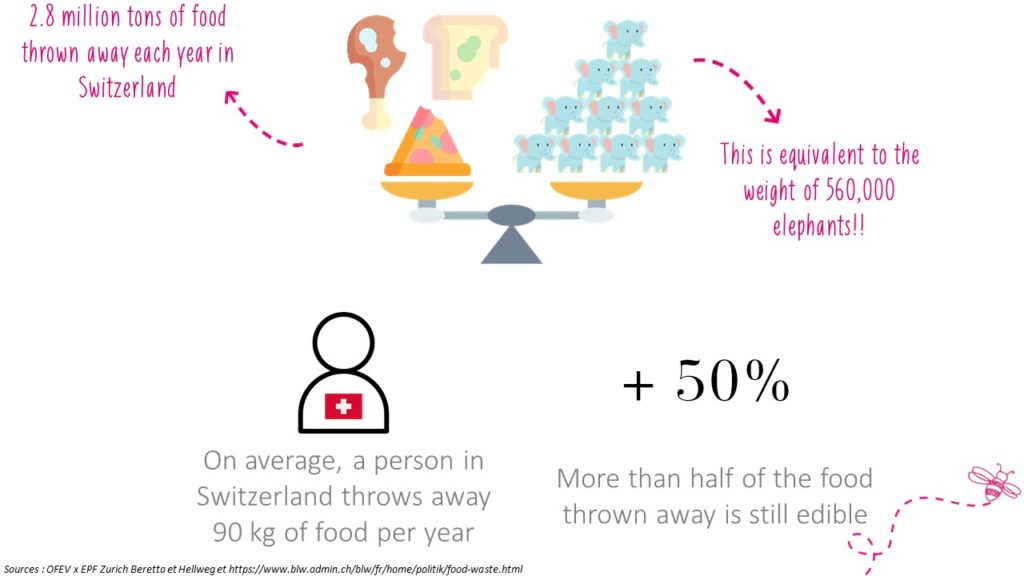
Tips from Novae
Some tips to reduce food waste and limit waste:
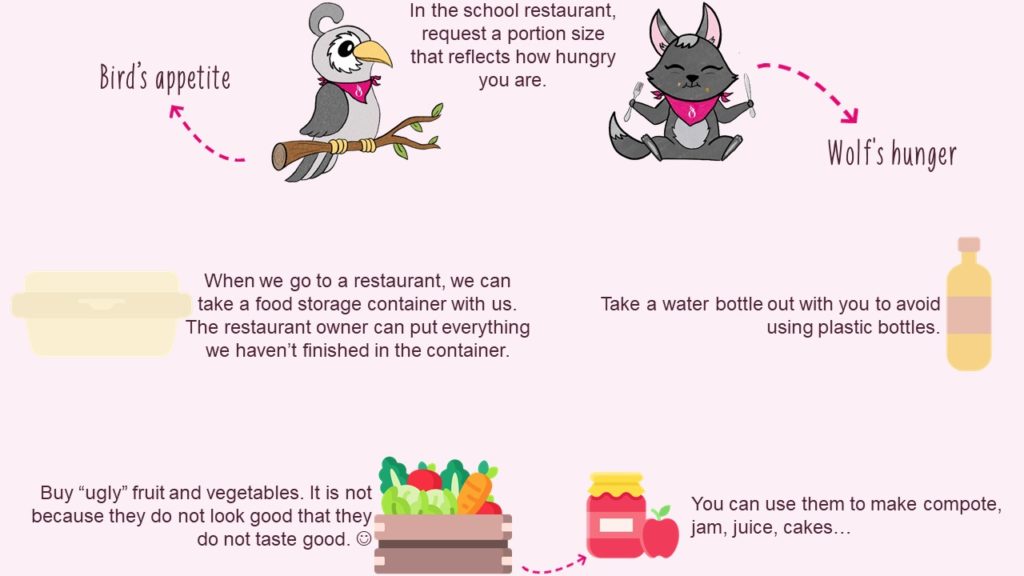

Differentiating between DLC and DDM
- DLC stands for Date of Limit of Consumption and means that the food should not be sold or generally consumed after this date.
- DDM stands for Minimum Durability Date, once the date has passed we can still consume the product if it is in good condition. It may be less colourful or a little less nutritious, but it will still be safe to eat!
How can you tell the difference between a DDM or a DLC? A DLC date will be preceded by the words “A consommer jusqu’au…” whereas a DDM date will be preceded by the words “A consommer de préférence avant le…”
